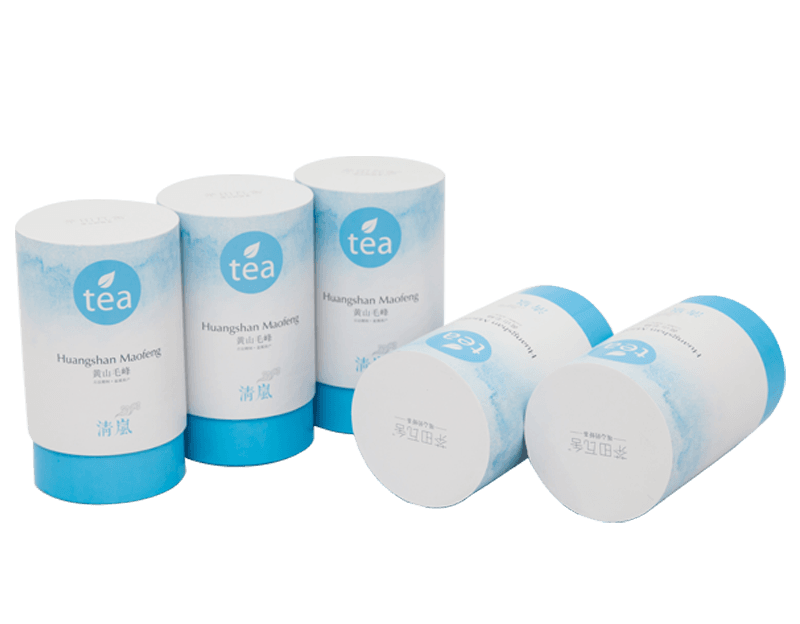As one of the top China cardboard tube packaging manufacturers and paper tube packaging suppliers, we devote all of our efforts to research and launch more high quality packaging products to global market.
In today's highly competitive tea market, packaging is not only a protective shell for products, but also an extension of brand image and an important part of consumer experience. As a carrier with both aesthetic value and practicality, the design and production of Print Tea Packaging Box is gradually becoming a comprehensive discipline that integrates art and technology.
1. Visual appeal: creating a first impression
As a commodity that focuses on cultural connotation and quality, the first priority of tea packaging is to attract consumers' attention. Through carefully designed patterns, color matching and printing processes, Print Tea Packaging Box can convey the unique temperament of the brand. For example, high-end tea brands usually adopt a simple and elegant design style, using hot stamping, embossing or UV technology to enhance the texture; while young brands may choose bright colors and modern illustration elements to cater to the new generation of consumers' demand for personalized expression.
In addition, during the design process, it is necessary to fully consider the cultural and aesthetic preferences of the target market. For example, the Eastern market may prefer the application of traditional ink painting or calligraphy fonts, while the Western market may prefer abstract geometric figures or minimalist style. This cultural sensitivity not only helps to enhance the recognition of the product, but also builds stronger international competitiveness for the brand.
2. Materials and structure: taking into account both environmental protection and functionality
With the improvement of global environmental awareness, sustainable development has become a trend that cannot be ignored in the tea packaging industry. Print Tea Packaging Box is increasingly inclined to biodegradable and recyclable environmentally friendly materials, such as recycled cardboard, bamboo fiber and even plant-based plastics. These materials can not only reduce the environmental burden, but also achieve advanced touch through special surface treatment technology, further enhancing the user experience.

At the same time, the structural design of the packaging also needs to meet the actual functional requirements. For example, some teas need to be stored in moisture-proof and light-proof conditions, which requires the packaging box to have good sealing performance. Double-layer design or multi-compartment layout can effectively separate different types of tea to avoid cross contamination. For gift tea, foldable gift boxes or hard boxes with magnetic covers can provide a sense of unboxing ceremony and increase the emotional added value when giving gifts.
3. Digital empowerment: a new trend in smart packaging
In recent years, with the popularization of Internet of Things technology and QR code scanning, Print Tea Packaging Box is moving towards intelligence. By embedding RFID chips or AR (augmented reality) logos on the packaging, consumers can obtain tea origin information, brewing guides and even interactive brand story videos by simply scanning with their mobile phones. This "smart packaging" not only improves product transparency, but also provides brands with more opportunities to interact with consumers.
For example, some innovative tea companies have begun to try to apply NFC tags to packaging boxes, so that users can verify the authenticity of the product and participate in lucky draws or points redemption programs by simply touching their mobile phones. Such digital means not only enhance consumers' purchasing confidence, but also accumulate valuable user data for brands.
 English
English Español
Español













